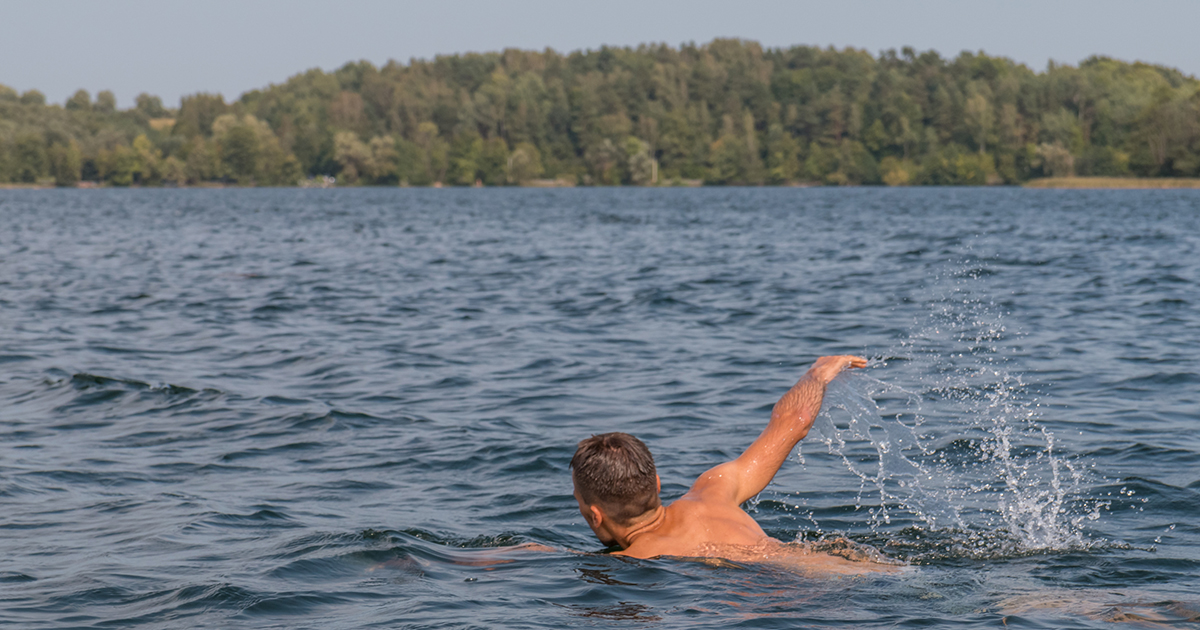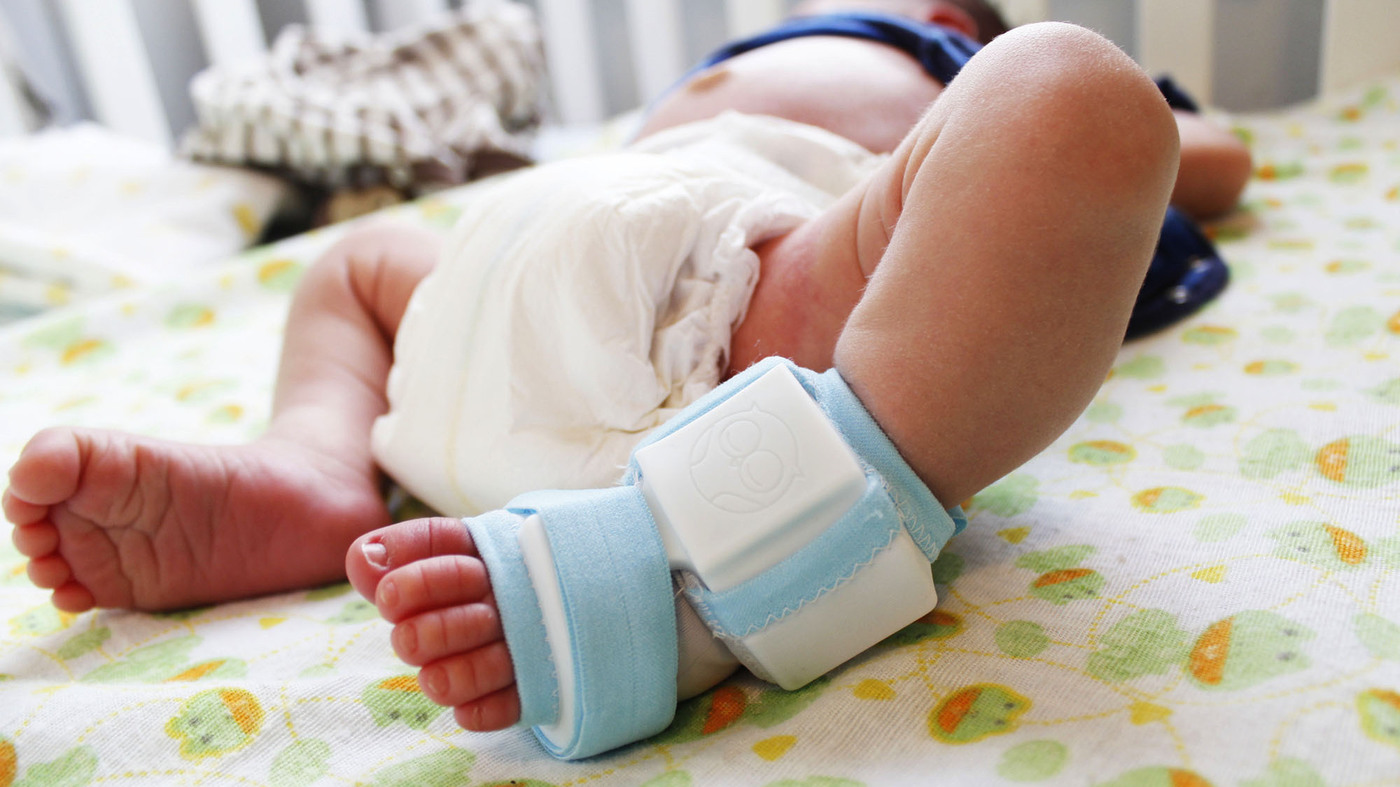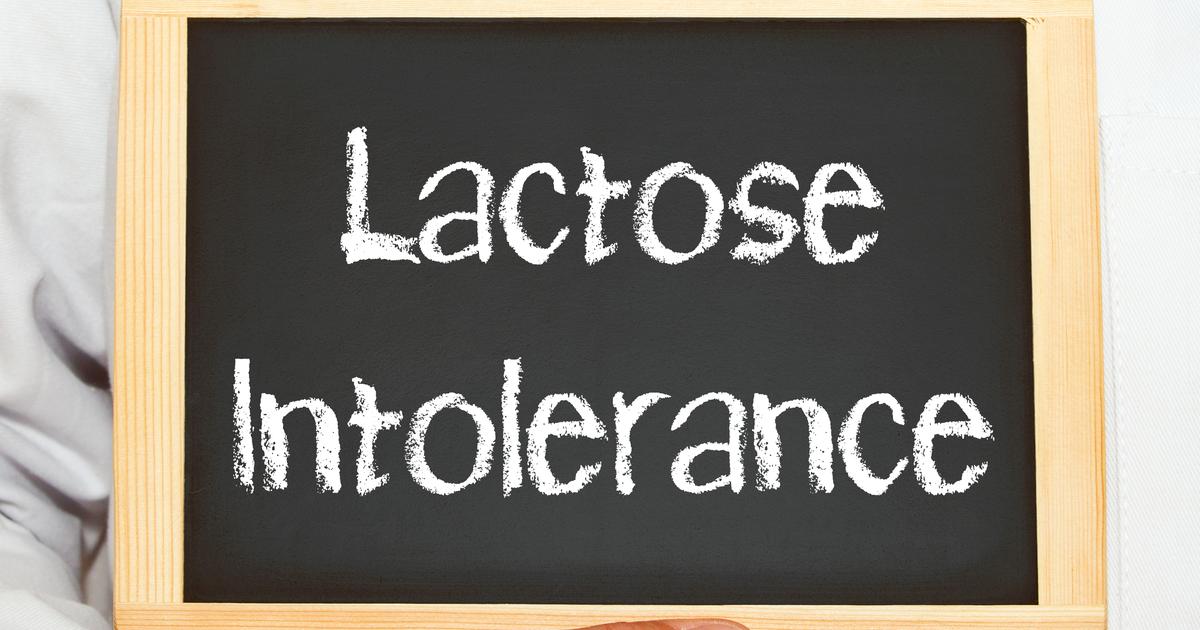Causes, Risk Factors, And Complications Of Giardiasis
Giardiasis is an acute illness that impacts the gastrointestinal system. It is caused by a parasite known as the Giardia lamblia, which is found all over the world. Giardiasis is spread through fecal matter and sewage, and the illness can affect individuals of any age, including infants. The most common symptom of the disease is diarrhea; the condition often also leads to nausea, bloating, weight loss, cramping, fatigue, and dehydration. In the United States, giardiasis is the primary cause of diarrhea. Generally, the infection lasts between two to six weeks, although some patients may have giardiasis for a longer length of time or have more than one episode of the disease. Some individuals infected by the giardia parasite never develop symptoms, but they are still carriers and can transmit the infection to others. Diagnosis can be confirmed with a stool sample. Giardiasis is unpleasant; however, it is not normally considered dangerous for those who are otherwise in good health. Despite this, it is especially important to be vigilant when infants and children have the illness, as symptoms can be more severe with this age group.
Let's investigate some of the chief causes, risk factors, and complications of giardiasis.
Ingestion Of Parasite Cysts

The ingestion of parasite cysts is the way in which this illness is transmitted. The Giardia lamblia parasite is contained within a hard, protective shell known as a cyst. This shell enables the parasite to survive outside of its host environment (the intestines) for several months at a time. The cysts are then ingested through contaminated food or drink. The cysts can also be transmitted through person-to-person contact with someone who has the illness and through touching surfaces potentially infected with the parasite, including bathroom doors and changing tables. In fact, giardiasis is very contagious, and there have been outbreaks at daycare centers and nursing homes. Rarely, parasitic cysts can be passed to humans from dogs, cats, and other domestic animals. The parasites cannot be transmitted through blood.
Learn more about what can cause giardiasis now.
Consuming Contaminated Food

Eating food infested with the giardia parasite can lead to giardiasis. However, consuming contaminated food is a less likely route of infection than other methods. This is because heating and cooking food kills the parasite. Infection from contaminated food would be a major concern if eating raw foods, foods not cooked to a high temperature, or foods that may have been washed with contaminated water. Food placed on unclean surfaces that may have come into contact with the parasite is also an infection risk. Improper food handling and hygiene practices by individuals who may have giardiasis can also transmit the infection.
Continue for more information on the various causes of giardiasis now.
Drinking Contaminated Water

Contaminated water is the most common transmission vehicle for giardiasis. Occasionally, public water supply systems have been contaminated with the parasite, although water companies will notify customers about this. Most often, individuals may unknowingly be drinking contaminated water at other locations. Hikers, campers, and children who play in or drink untreated water from streams, ponds, rivers, or lakes can all be exposed to this infection. Those who live in rural areas that may use well water can also be infected. Using ice made with contaminated water frequently leads to giardiasis as well. Springs, swimming pools, and spas are other places where infection is possible. Boiling water before using it will kill the Giardia parasite, and some types of water filtration devices may eliminate it too. Disinfecting water with iodine is not encouraged, as it is not always a reliable method of destroying giardia, and chlorine used in the treatment of public water supplies does not remove these parasites.
Keep reading to reveal more causes of giardiasis.
Direct Person To Person Contact

Direct person to person contact can lead to outbreaks of giardiasis in families and at locations with large numbers of individuals, including daycare centers and nursing homes. For example, daycare workers and parents of young children both have a high risk of the infection since they frequently change and handle diapers. Within the general population, children have a high risk of developing giardiasis, particularly as they go through the potty training stage and spend more time in bathrooms. Individuals who engage in oral and anal sex can also contract giardiasis. In particular, backpackers, campers, and those traveling to developing countries should take care to follow proper handwashing, water safety, and waste disposal practices.
Learn more about hygiene and giardiasis now.
Poor Hygiene Practices

Proper hygiene is one of the most important steps that can be taken to prevent and control giardiasis. Poor hygiene practices greatly contribute to the spread of the disease in high-risk areas, particularly in locations where access to adequate bathroom facilities and cleaning materials is reduced or unavailable. In daycare centers, nursing homes, and private homes where diapers are handled, handlers should disinfect changing tables and use hand sanitizer on their hands before and after diapers are changed. Ideally, a separate disposal facility, such as a separate trash can, should be used for diapers. When cloth diapers are used, they should be washed separately from other clothing to avoid cross-contamination.
Bathroom door handles and surfaces are a primary site of transmission, so these need to be regularly cleaned. Hygiene practices should extend to food as well, ensuring it is properly cooked and any raw vegetables are thoroughly washed before eating. In particular, meat needs to be well-done and not served rare or otherwise under-cooked. Individuals known to have giardiasis should wear gloves when preparing food for themselves and others to avoid spreading the infection, and kitchen surfaces need to be thoroughly cleaned.
Read more about the causes, risk factors, and complications of giardiasis now.
International Travel

International travel could increase a patient's risk of contracting giardiasis, particularly if they are traveling to a country where the illness is especially prevalent. Rates of infection with giardiasis tend to be high in developing nations that lack regular access to safe drinking water. According to the Centers for Disease Control and Prevention, an estimated thirty-three percent of individuals who live in developing countries have had giardiasis at some point in their lives. The rate of infection in developed countries is roughly two percent for the adult population. Patients planning to travel internationally should talk with their primary care doctor about ways in which they could minimize their personal risk of this infection; this is especially important for individuals who have chronic health conditions. All travelers should ensure they are up to date on any vaccinations recommended for the area they are visiting. During the trip, patients need to ensure they follow proper procedures for water and food safety, and it is beneficial to know how to access medical care while abroad.
Keep reading to uncover more risk factors for giardiasis now.
Hiking And Camping

Hiking and camping could bring patients into contact with untreated water from lakes and streams, increasing the risk of this condition. In addition to lakes and streams, the risk of parasite ingestion from contaminated water is particularly high when getting water from ponds, rivers, cisterns, and wells. To minimize their risk, patients going hiking or camping for a day trip or for a short period may wish to carry a sufficient supply of bottled water with them. Individuals who are going to spend an extended period in the outdoors should use a water filter or disinfectant to purify untreated water and make it safe to drink. Chlorine dioxide is a particularly effective disinfectant for removing the parasite that causes giardiasis, and one-micron filters labeled as cyst reduction or cyst removal filters (NSF standard 53 or 58) are also effective. Using both filtration and disinfection together can provide added protection against parasites. If these methods are not available, boiling the water at a rolling boil for at least one minute also has a high rate of effectiveness in killing the parasite associated with this condition.
Dive into more detail regarding giardiasis risk factors now.
Swallowing Water While Swimming

Swallowing water while swimming could pose a risk of parasitic infection, particularly if the patient swims in untreated water such as ponds, lakes, or rivers. These water sources may become contaminated with parasites through agricultural runoff, animal feces, or accidental discharge of wastewater. Cases of giardiasis could also develop after ingesting water from swimming pools, spas, and water parks. In these instances, patients with diarrhea and children wearing diapers could cause accidental contamination of the water. To reduce their individual risk of catching this infection while swimming, patients may wish to research the safety level of the swimming facilities they are thinking of visiting to make sure the water at the sites is properly treated with the appropriate chemicals. They should also monitor local news for possible water safety alerts. Patients with weakened immune systems may want to ask their healthcare provider about whether swimming is safe for their health.
Keep reading for information on complications of giardiasis now.
Failure To Thrive

The chronic diarrhea that may occur with giardiasis could lead to malnutrition in children, and this might make it difficult for a child to maintain a healthy weight and normal growth development. Doctors refer to this as failure to thrive. Infants and children with failure to thrive might not reach developmental milestones such as sitting and walking at the expected ages. To diagnose failure to thrive, doctors obtain height and weight measurements for the patient over the course of at least six months to one year. In the case of possible parasitic infections like giardiasis, doctors may want to do blood tests to check for these conditions. To help in the diagnosis, parents who believe their child's condition might be caused by a parasite should mention any international travel, contact with untreated or unsafe drinking water, and visits to pools or water parks. If medical staff determine the patient is exhibiting failure to thrive, they will work with parents to improve the child's caloric intake and address other possible feeding issues.
Learn more about giardiasis complications now.
Lactose Intolerance

Lactose intolerance is a common complication of giardiasis, and it may persist even after the parasitic infection has been successfully treated. Lactose intolerance is an inability to digest lactose, a type of sugar found in dairy products. Patients with this intolerance typically experience bloating, stomach cramps, and diarrhea after consuming lactose-containing products, and nausea and vomiting may occur for some patients. To diagnose lactose intolerance, patients can have a hydrogen breath test. If the test is positive, patients may still be able to eat small amounts of dairy products, or they may prefer to transition to a lactose-free diet if their symptoms are severe. Almond milk, rice milk, coconut milk, and oat milk are all suitable non-dairy substitutes. Lactase enzyme supplements, which help break down lactose, could provide relief for some individuals. These supplements are available in liquid and powder forms, and patients add them to products with lactose shortly before consumption. Patients with lactose intolerance should always consult their doctor if they experience new or worsening symptoms.